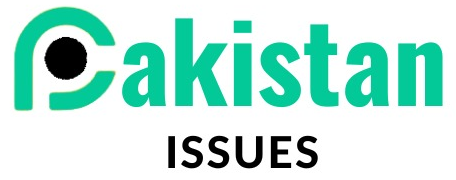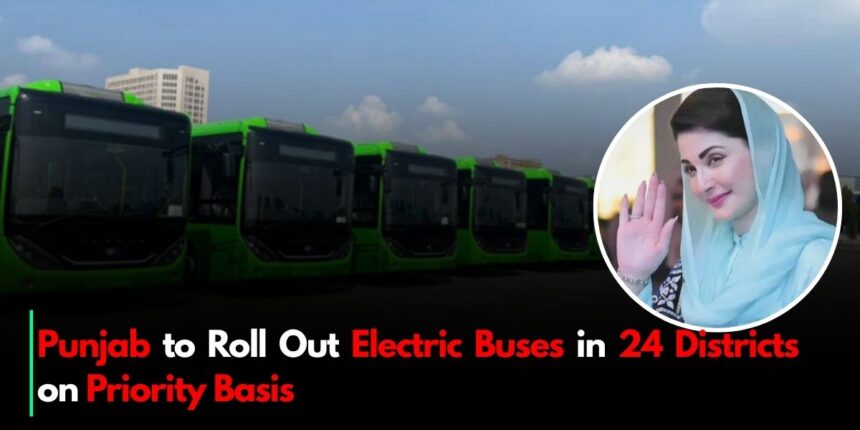Punjab Chief Minister Maryam Nawaz Sharif has made a brave effort towards cleaner, smarter public transport by allowing the deployment of 1,500 electric buses across 24 districts in the province. The project, which was launched in April, signals a historic shift from diesel fleets to electric mobility. This will make commuting better and help reduce air pollution in key cities.
Electric Bus Network: Gradual Rollout
The first phase of the project will have 380 electric buses that will shortly start running on routes in Lahore and Gujranwala. CM Maryam herself set a goal for the project to start in June.
The next batches will go to Sargodha, Sheikhupura, Sialkot, Gujrat, Rahim Yar Khan, and Dera Ghazi Khan, and finally all 24 districts would be covered.
Transit authorities are building the infrastructure to keep up with this fleet growth. In Lahore, they are building fast-charging and solar-powered depots, and they aim to build comparable ones in Faisalabad, Multan, Rawalpindi, and Bahawalpur, with a PKR 49.5 billion budget.
Why This Is Important
This rollout is about more than just getting new buses. During the first test of 27 e-buses in Lahore, they carried up to 17,000 people a day. The buses had free Wi-Fi, GPS tracking, CCTV cameras, USB charging ports, anti-slip floors, ramps for people with disabilities, and digital fare systems. The fare was only PKR 20.
Experts say that electric bus fleets not only lower pollution and expenses in the long run, but they are also 30% cheaper over six to seven years than diesel buses, even if they cost more up front. Politically, the project shows that CM Maryam wants to find progressive, climate-friendly ways to build cities.
Meeting the needs of citizens and environmental goals
The buses are an important part of Punjab’s plan to protect the environment. The fact that air quality is often getting worse in cities like Lahore shows how serious the government is about making people’s health better.
People who ride the e-buses have lauded their cleanliness, punctuality, and comfort—things that older diesel fleets typically don’t have.
Bilal Akbar Khan, the Minister of Transport, has promised to crack down hard on fare overcharging and make sure that routes are followed better.
The new fleet will work with the current BRT lanes, such the Lahore and Multan Metrobus services, to ease traffic and give commuters better, more convenient ways to get about.
What Comes Next
Punjab officials will finish plans for the routes of the extra 500 buses that will go to Lahore, Multan, Faisalabad, and Gujranwala in the next few months. They will also build charging stations and a high-tech “Transport Tower” control centre in Lahore.
Coordinated funding, expert driver training, and reliable technical maintenance will all be necessary for successful deployment throughout 24 districts.
In short
Punjab’s plan to put electric buses in 24 districts is a big step towards long-term progress. If done right, this project may be a model for greener public transport in towns all around Pakistan. It would strike a balance between environmental responsibility and commuter convenience, and it would change the way Punjab’s cities go ahead.








